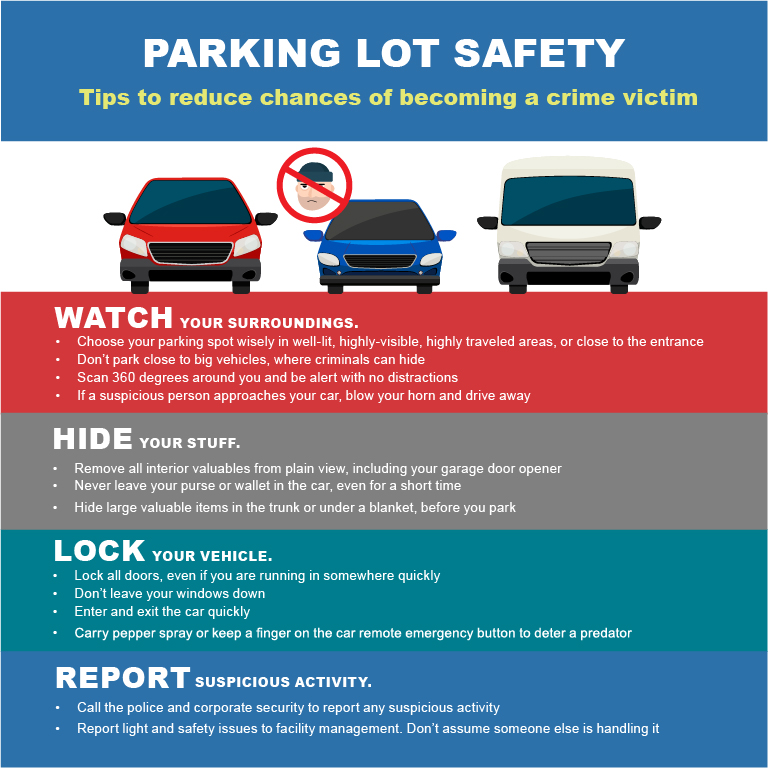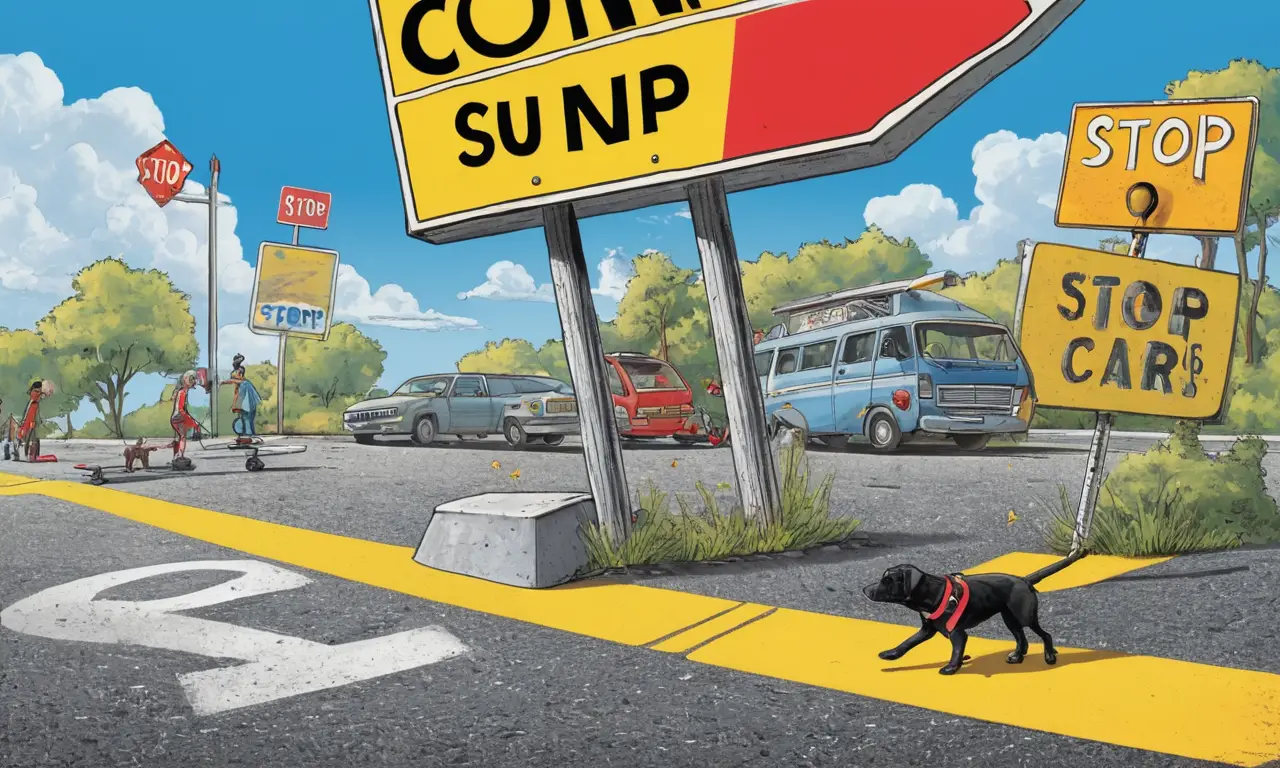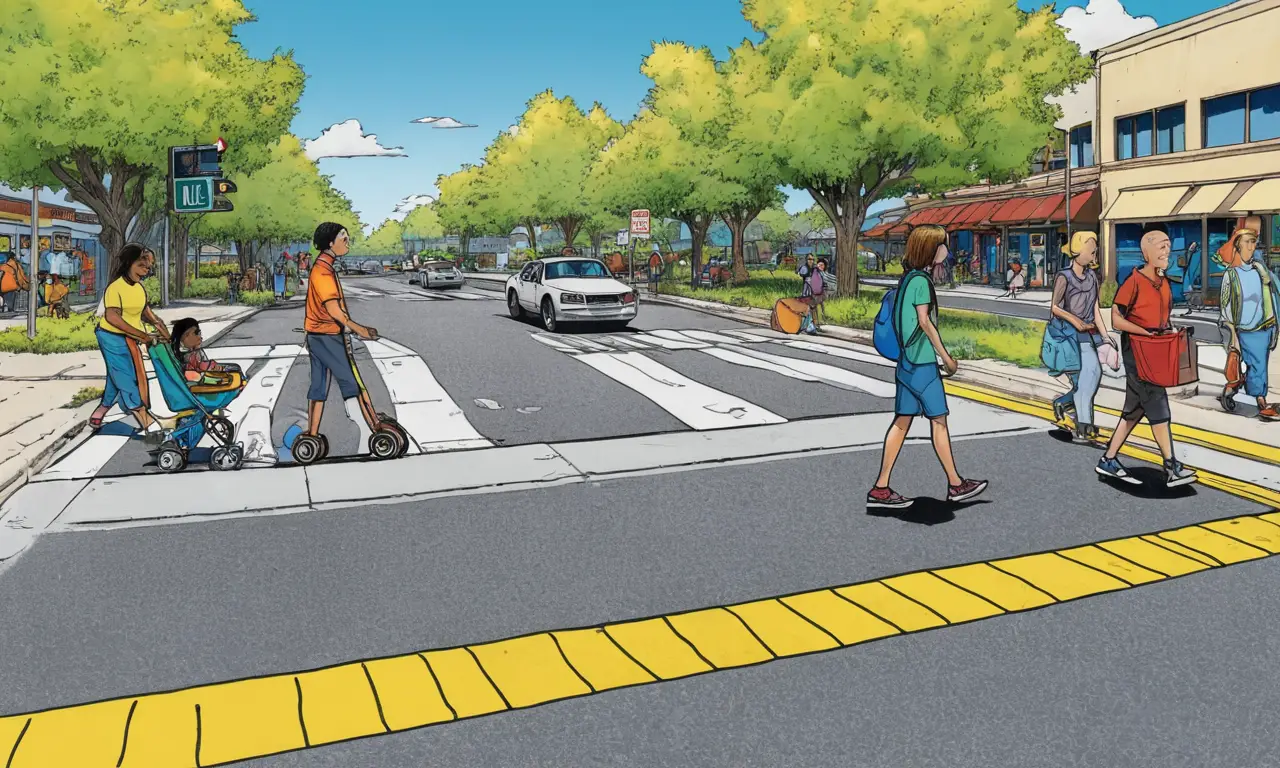
Parking lots, often perceived as spaces free from the constraints of traditional traffic laws, can actually be subject to a surprising number of regulations. While it’s true that some parking lot rules may differ from those on public roads, many jurisdictions extend standard road rules, including speed limits, right-of-way regulations, and stop sign observance, to these areas. Understanding these rules is crucial for ensuring both your safety and legal compliance while navigating parking lots.
This article will delve into the specific traffic laws that often apply in parking lots, providing a comprehensive guide to safe and legal parking practices. We’ll explore speed limits, right-of-way rules, pedestrian safety protocols, and the importance of adhering to posted signage. By the end of this read, you’ll have a clear understanding of how to navigate parking lots responsibly and avoid potential fines or accidents.
Parking Lot Traffic Laws
Many jurisdictions extend standard traffic laws to parking lots, making it essential for drivers to be aware of these regulations. While specific rules may vary depending on location, some common examples include:
- Speed Limits: Most parking lots have designated speed limits, typically lower than those on public roads. These limits are often posted with signage and are designed to ensure pedestrian safety and prevent accidents.
- Right-of-Way Rules: Right-of-way rules similar to those on public roads generally apply in parking lots. This means yielding to pedestrians, vehicles already in the intersection, and emergency vehicles.
- Stop Sign Observance: Stop signs are frequently found at intersections within parking lots, requiring drivers to come to a complete halt before proceeding. Failure to obey stop signs can lead to accidents and potential liability.
Speed Limits in Parking Lots

Parking lot speed limits are typically set lower than those on public roads to prioritize pedestrian safety and prevent collisions. These limits are often posted with signage at the entrance of the parking lot or at key intersections.
It’s crucial to adhere to these speed limits, as exceeding them can result in fines, accidents, and potential injuries. Remember that pedestrians may be walking, running, or pushing strollers within the parking lot, making it essential to drive cautiously and maintain a safe distance.
Right-of-Way Rules for Parking Lots
Right-of-way rules in parking lots function similarly to those on public roads, ensuring smooth traffic flow and preventing accidents. Pedestrians generally have the right of way over vehicles, meaning drivers must yield to them at all times.
When multiple vehicles approach an intersection simultaneously, the vehicle on the right typically has the right-of-way. However, it’s always best to exercise caution and communicate with other drivers through signals or eye contact to avoid confusion. Remember, yielding to others is a fundamental principle of safe driving in any environment, including parking lots.
Pedestrian Safety in Parking Lots

Pedestrians are particularly vulnerable in parking lots due to the presence of moving vehicles and limited visibility. Drivers must prioritize pedestrian safety by adhering to speed limits, yielding right-of-way, and remaining vigilant at all times.
Tips for Pedestrians:
- Be Visible: Wear bright clothing and walk facing oncoming traffic whenever possible.
- Cross Safely: Use designated crosswalks or intersections and make eye contact with drivers before crossing.
- Stay Alert: Pay attention to your surroundings and avoid distractions like cell phones.
Parking Lot Signage
Parking lots often feature various signs providing important information about regulations, restrictions, and safety guidelines. Drivers must pay close attention to these signs and comply with their instructions.
Some common parking lot signage includes:
- Speed Limit Signs: Indicate the maximum permissible speed within the parking lot.
- Stop Sign: Require drivers to come to a complete halt before proceeding through an intersection.
- Yield Sign: Indicate that drivers must slow down and yield to traffic or pedestrians approaching from the right.
- Parking Restrictions: Specify designated parking areas, time limits, and prohibited activities.
Conclusion
While parking lots may appear less regulated than public roads, it’s crucial to remember that many traffic laws still apply. By understanding and adhering to speed limits, right-of-way rules, pedestrian safety protocols, and posted signage, drivers can ensure a safe and legal parking experience for themselves and others. Remember, responsible driving practices extend beyond public roads and are essential for maintaining order and preventing accidents in all parking lot environments.
